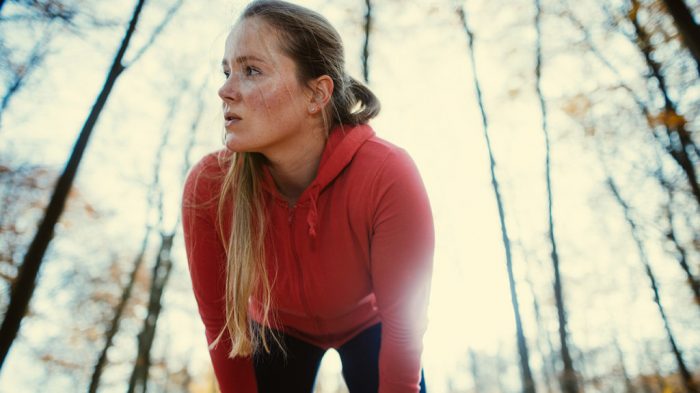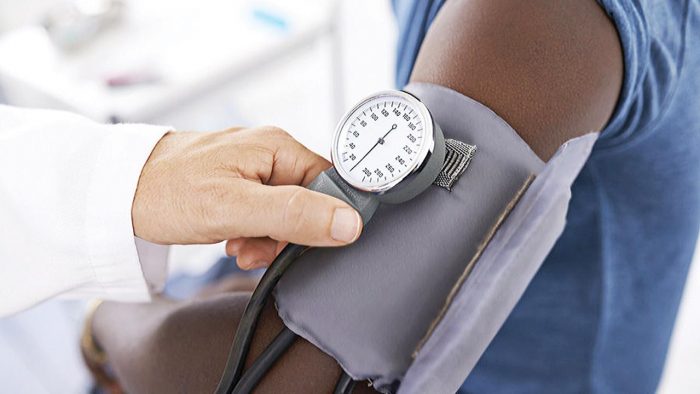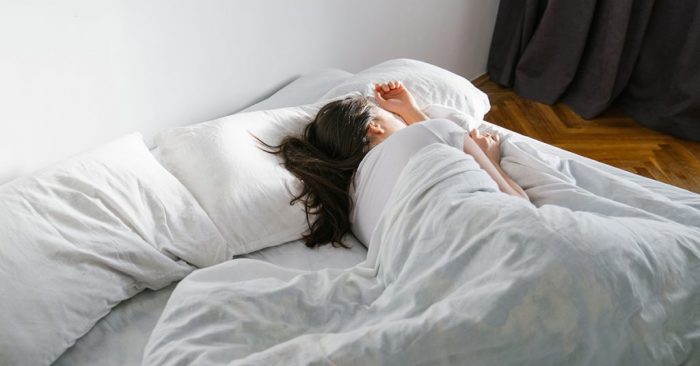New research has identified a possible mechanism for blood clotting issues in some COVID-19 patients.
A new study suggests a possible mechanism for the elevated presence of blood clots in COVID-19 patients.
The research, published in the journal Circulation, may help clinicians develop more effective treatments for COVID-19.
The sudden emergence and rapid global spread of the new coronavirus have meant clinical responses have focused on supporting those with severe infections, supplemented with emergency societal interventions, such as widespread social distancing, to reduce infection rates.
Because SARS-CoV-2 is a new virus, previous treatments developed for similar strains will not necessarily work. Instead, possible therapies need to be identified in theory, tested and, once safe, implemented in the real world. However, this all takes time.
SARS-CoV-2 is mainly a danger because for some patients — particularly those with certain underlying health conditions, compromised immune systems, or who are later in life — a type of severe acute respiratory syndrome can develop, similar to pneumonia.
COVID-19, the disease caused by the virus, makes a person’s lungs inflamed.
COVID-19 and coagulation
According to an interview in The Guardian with Prof. John Wilson, president-elect of the Royal Australasian College of Physicians, if this inflammation is severe, inflammatory material can collect in the bottom of a person’s lungs. This can make it difficult for them to gain enough oxygen into their blood, cause organs to shut down, and potentially lead to death.
However, in addition to this pneumonia-like reaction, clinicians have also noticed that patients with COVID-19 can develop organ damage in a way not directly linked to a lack of oxygen in the blood. This is particularly common in the kidneys and heart.
There is some evidence that a problem with blood coagulation causes this organ damage. Coagulation is the process where a person’s blood thickens. It is crucial in stopping a person from bleeding if they get a cut.
However, if a person’s blood coagulates too much or too little, they can have serious issues: too little, and they can develop internal or external bleeding, as seen in hemophilia. Too much and they could develop blood clots that can cause a stroke or heart attack.
The authors of the recent study note that COVID-19 may increase coagulation in some people’s blood, which consequently causes organ damage as blood vessels become blocked. However, it is not yet clear how or why this occurs, which impedes the development of effective treatments.
Neutrophils and platelets
In the study, the researchers studied 62 patients, including autopsies on five of whom had died. Of these individuals, 38 had confirmed COVID-19.
After conducting multidimensional flow cytometry — a way of measuring the presence of particular cells in a fluid — and comparing these results to the control groups, the researchers identified a significant number of neutrophils and platelets in the subjects.
Neutrophils are a type of immune cell that combat pathogens entering the body, such as the SARS-CoV-2 virus, while platelets are a type of blood cell necessary for coagulation.
The researchers found that these two cells seemed to react to and activate one another, resulting in excessive coagulation, blockage of blood vessels, and serious damage to nearby tissue.
Furthermore, when activated, the neutrophils exude web-like structures designed to help them trap bacteria, but experts believe they exacerbate the blocking of blood vessels.
According to Dr. Konstantin Stark, of the University Hospital Ludwig-Maximilian-University Munich, Germany, and a co-author of the paper:
“These findings contribute to a better understanding of the pathophysiology that underlie disease progression in COVID-19. The study also identifies immunothrombosis as a promising target for the prevention and treatment of lung failure and thrombotic complications that arise in cases of COVID 19.”










